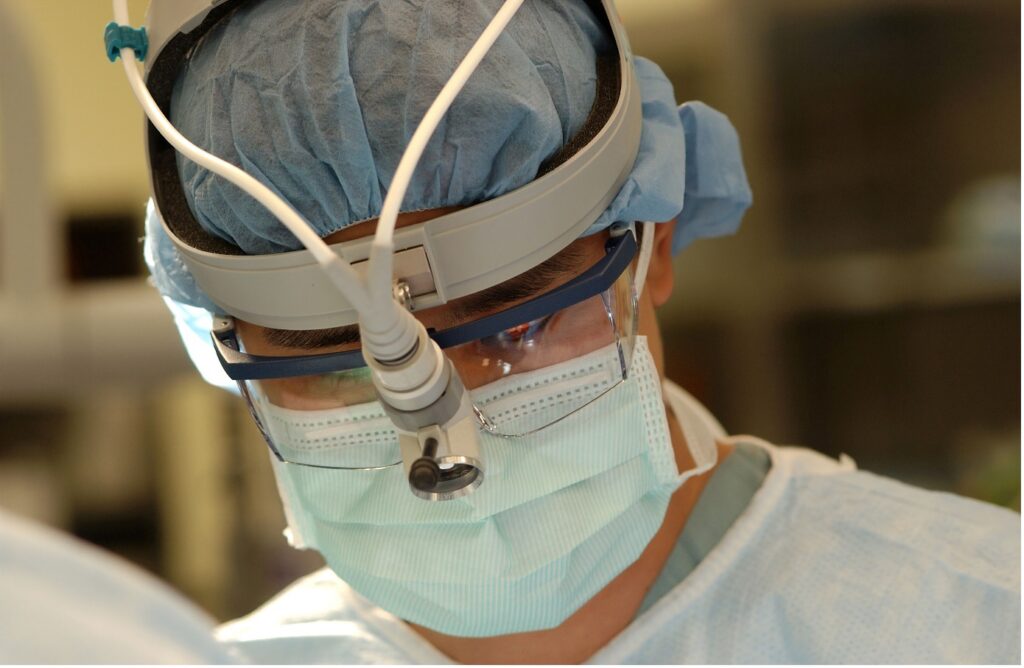Identifying that you are experiencing problems with your prostate can be a somewhat scary experience. However, the good news is that many prostate problems that patients experience are actually benign – in other words, not immediately harmful, dangerous or, most importantly, an indicator of any cancerous activity in the body.
Nonetheless, there are prostate problems that everyone ought to be aware of – and we have listed some of the most common benign prostate problems below.
Remember, if in doubt, get in touch with a medical professional – our team is ready and willing to help you if you need advice, guidance and support.
Benign prostatic hyperplasia (BPH)
Many men of all kinds of cultural backgrounds experience the symptoms of benign prostatic hyperplasia (BPH) at or around the age of 60.
The good news is that it isn’t a malignant or altogether aggressive affliction, although it can still be the source of discomfort, and can benefit greatly from some professional medical attention from our team.
BPH indicates that the prostate itself has become enlarged as a consequence of the natural male aging process. What can be concerning is that BPH shares many symptoms with prostate cancer, including frequent urination at nighttime, weak or difficult urine stream during daily toilet breaks, and a little leaking or dribbling activity.
Because the symptoms are so similar, it’s an extremely good idea to get any such symptoms checked out as soon as you can. Our trained medical team can help you understand whether these symptoms indicate BPH or something more serious.
Prostatism
Difficulty in committing fully to urination, or intervals where you’re cut off midstream without meaning to when you’re in the bathroom, are hallmarks of prostatism.
Again, prostatism is a benign condition – in fact, its most common cause is BPH, as described above. However, it’s a good idea to get it checked out by our team if you’re feeling concerned.
Prostatalgia or prostatodynia
An aching pain in your prostate gland is known interchangeably in the medical community as prostatodynia or prostatalgia. Both words describe the same sensation – a painful prostate, which itself often indicates a diagnosis of prostatitis.
Prostatitis
When the prostate becomes inflamed, or infected, it is often prostatitis that’s to blame. At its worst, prostatitis can give you a fever – more commonly, it shows up as difficulties urinating, urinating far more often, or a sense of internal pain and discomfort.
Getting in touch with our team can help you get to the bottom of any prostate pain you are experiencing.






